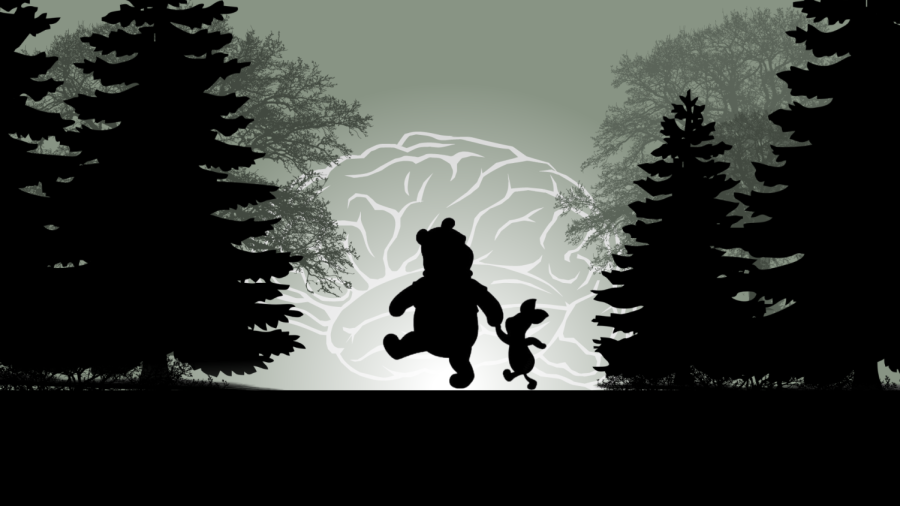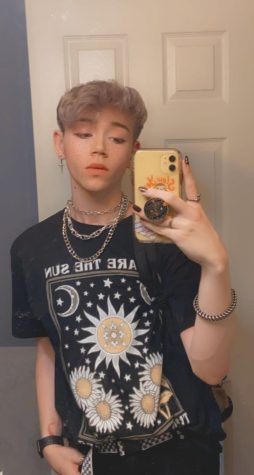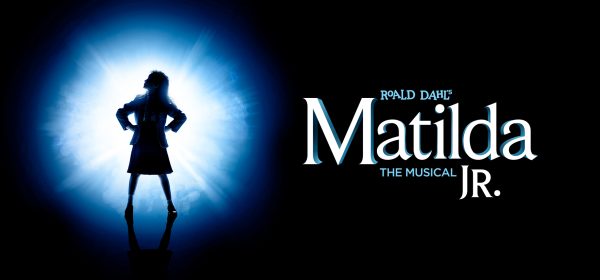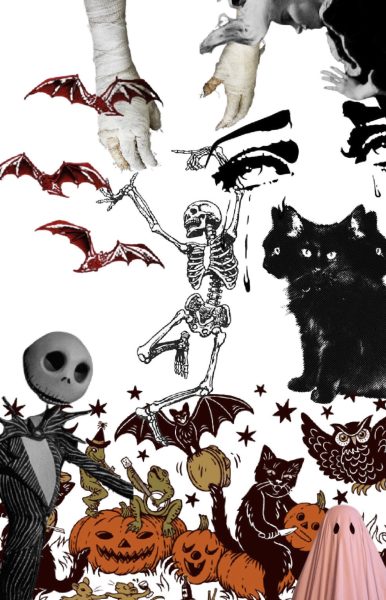Film Theories: The Hundred Acre Wood Based on Mental Illnesses?
The iconic Hundred Acre Wood characters are said to represent different mental illnesses. Featured Image by Clay Arnold
April 21, 2023
The Winnie the Pooh series by A.A. Milne features a wide variety of characters. These fictitious animals and their friend, Christopher Robin, have followed us through our childhoods. The story, created by Milne who his son inspired, is said to feature characters representing a variety of mental illnesses and disabilities. The theory is not confirmed but many seem to believe it and the evidence is quite convincing.
The wonderful thing about Tiggers, is Tiggers are wonderful things. Everyone’s favorite bouncing, striped, curly-tailed pal is known for his rapid and hyperactive behavior. This is said to represent attention deficit/ hyperactivity disorder. He’s known for his inability to sit still (hence his constant bouncing) and his tendency to become distracted. While some may dismiss this idea, it is important to recognize that Tigger’s behavior has given countless children a character to identify with. Many cases of ADHD go undetected and undiagnosed. These cases lead children to feel like they are simply “Bad” rather than challenged. One of the worst feelings is being shamed for a factor of your identity that you have no control or explanation over. This character, regardless of if the theory is true or not, has provided children with ADHD with someone to identify with.
Kanga is the adult female kangaroo and mother to Roo. Roo displays tendencies related to Autism Spectrum disorder. He is shown many times having no awareness to present dangers. An additional feature of Roo’s individual personality is his attachment to his mother’s pouch. This compliments Kanga’s assigned disorder of Social Anxiety. She is extremely overprotective of her son. This likely is due to her son not being able to assess danger on his own. She likely fosters his attachment to her pouch to keep him safe. This narrative is one that frankly is not represented enough in the media. Autism visibility is a lacking aspect of the media so again, Roo and Kanga’s personalities give children and parents something to identify with.
Similar to Kanga, Piglet is very nervous and scared of his surroundings. He is known to have a prominent stutter, supposedly due to an unmentioned event where his self-esteem was severely weakened. His timid and frightened behavior allows for his rare showing of bravery to shine through even more. This sends a strengthening message to watchers who may suffer from anxiety or similar disorders. A small Pinky piglet who can overcome his extreme fears shows that anyone can do anything if they trust their courage.
Rabbit, a highly organized and sometimes self-absorbed character, is said to have OCPD or Obsessive Compulsive Personality Disorder. This is differentiated from OCD seeing as those with OCPD are not aware of the impacts of their disorder where as those with OCD are aware of their intrusive compulsions. Rabbit sees himself above his friends and this is shown in the books where he is quoted saying “You and I have brains. The others have fluff,” to Owl. This is interesting seeing as Owl is said to have either Short-Term Memory Loss or Dyslexia. He is often seen struggling while reading certain words and has trouble recalling information. When Owls are considered universally wise in the world of fantasy writing, having a character who doesn’t fit the expectations of those like him shows children that it’s perfectly fine to not fit into the box others provide for you.
One of our favorite characters is none other than good ole Eeyore. The old, grey donkey obviously has depression. He is very fond of his tail but loses it frequently seeing as it is attached with a pin. He is heard saying many sad and cynical things in a monotone voice. Despite these many sad descriptions of Eeyore, he is one of the most loved and cherished characters in the Hundred Acre Wood. This is heartwarming when one considers how he does not see his self-worth, but the vast majority of people do. He is loved even when he doesn’t love himself.
Lastly, the character with possibly the most concerning mental disorder is none other than Christopher Robin himself. Being a child who imagines so many intricate and various personalities, Robin is said to have Schizophrenia. This is also supported by the fact that his “friends” show up depending on his moods. This is not a very smile-provoking theory considering the connotation this disorder has garnered. Compared to other characters this part of the theory is actually quite sad.











